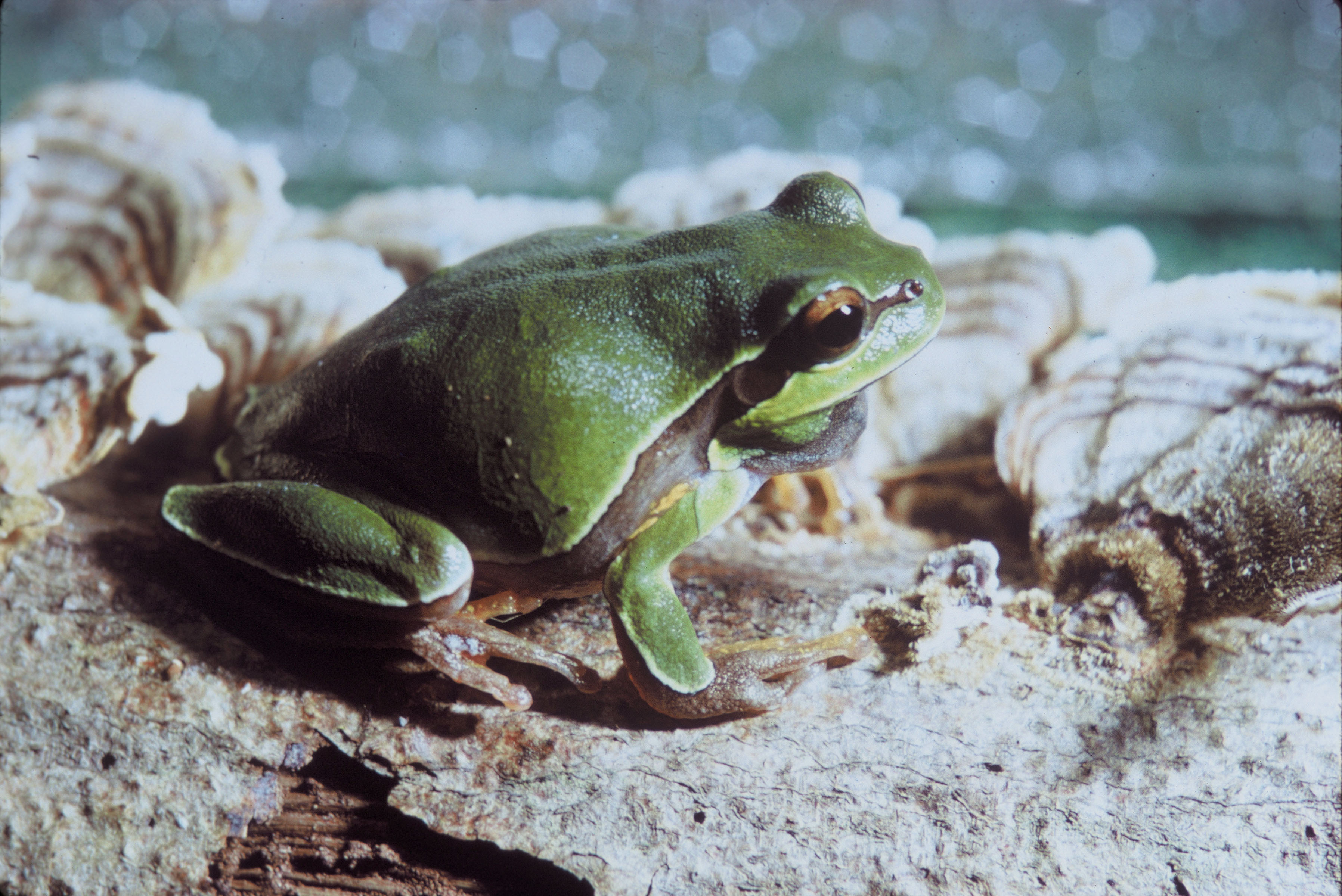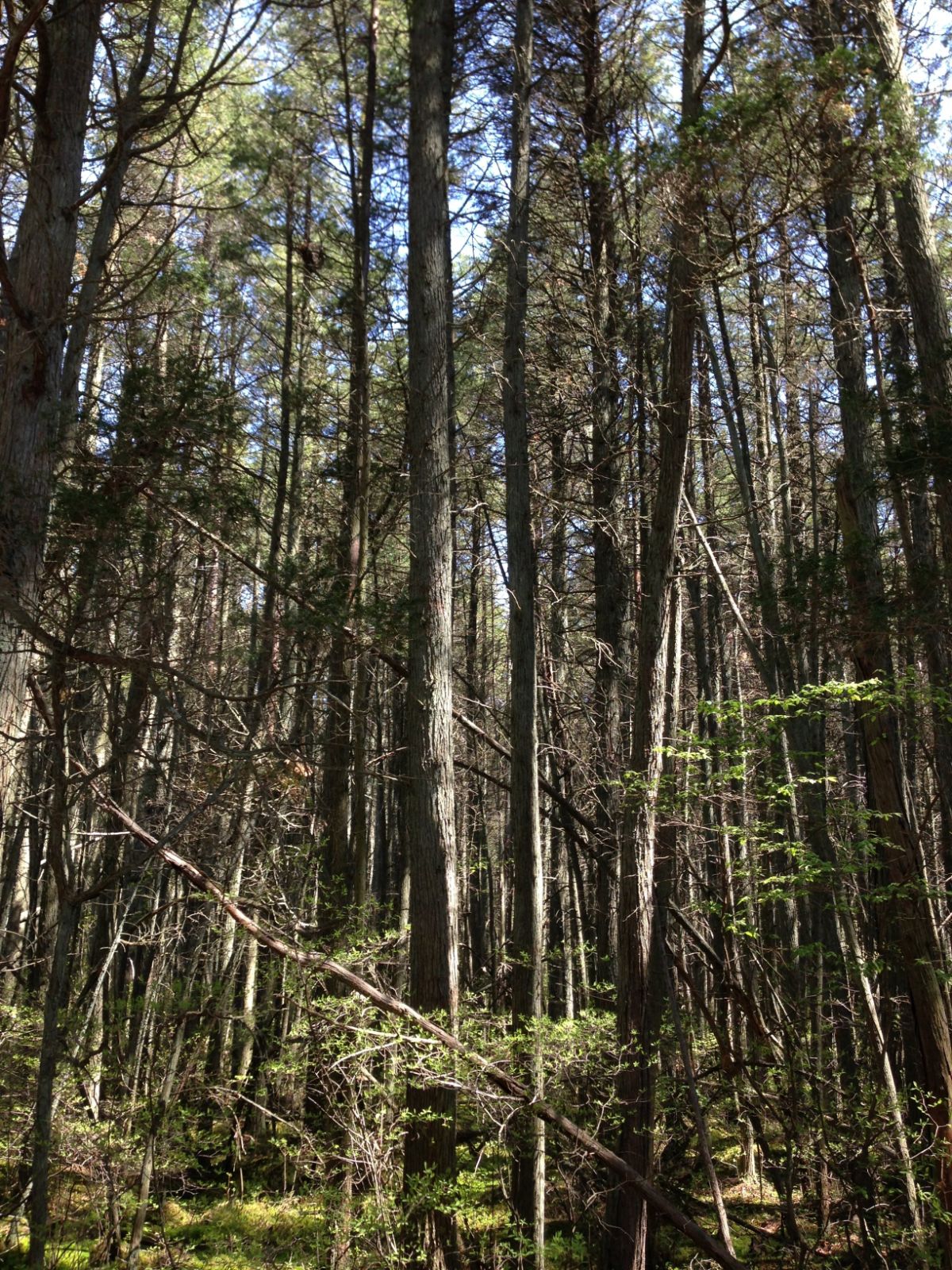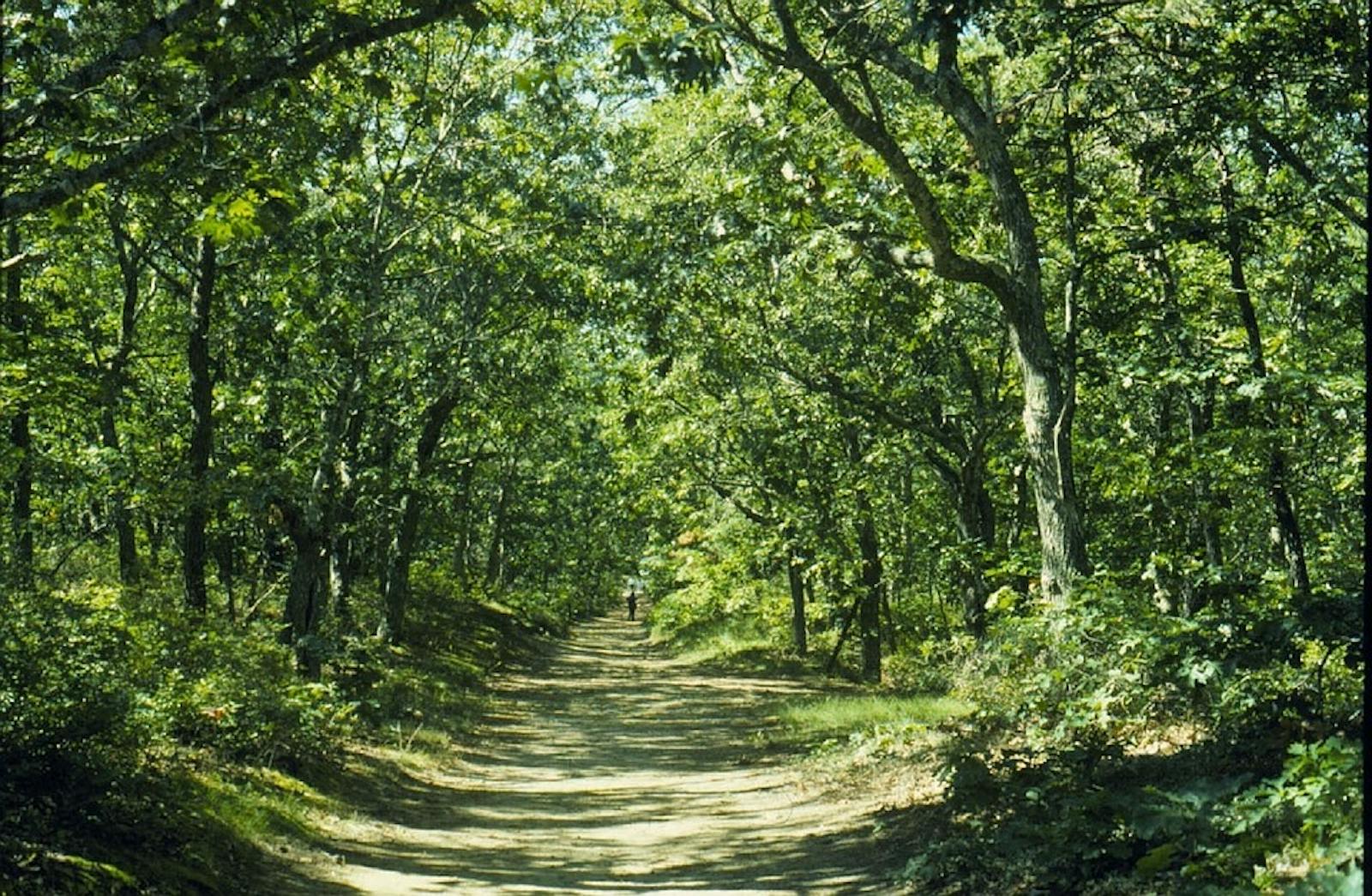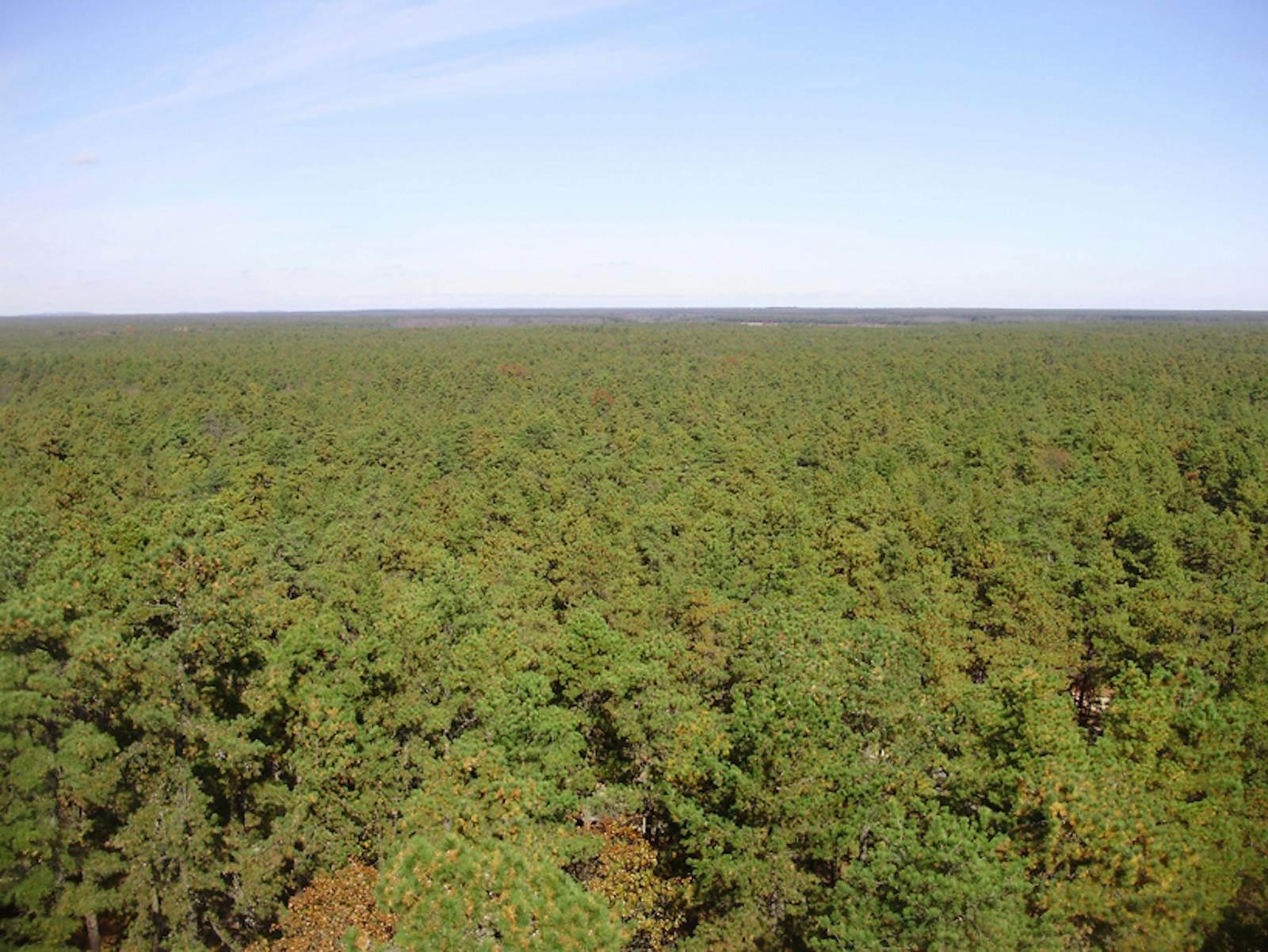Atlantic Coastal Pine Barrens
The ecoregion’s land area is provided in units of 1,000 hectares. The conservation target is the Global Safety Net (GSN1) area for the given ecoregion. The protection level indicates the percentage of the GSN goal that is currently protected on a scale of 0-10. N/A means data is not available at this time.
Bioregion: Southeast Savannas & Riparian Forests (NA25)
Realm: Northern America
Ecoregion Size (1000 ha):
1432
Ecoregion ID:
347
Conservation Target:
45%
Protection Level:
4
States: United States: NJ, NY, CT, RI, MA
The Atlantic Coastal Pine Barrens ecoregion represents the northern end of the North American Coastal Plain geological region, which in 2016 was formally recognized by the Critical Ecosystem Partnership Fund as a global biodiversity hotspot. It includes most of New Jersey and Long Island (New York), small portions of coastal Connecticut and Rhode Island, and most of southeastern Massachusetts, including Cape Cod, Martha’s Vineyard, and Nantucket.
Vegetation diversity and species richness (number of species) and endemism (proportion of species found nowhere else) are surprisingly high for a relatively high-latitude region. One example is the endemic Pine Barrens tree frog. Most of the endemic plants, however, are distinct as varieties rather than full species, which probably reflects the relatively short time since glacial or near-glacial conditions prevailed (i.e. the southern edge of the last glaciation—the Wisconsin—was in northern New Jersey).

The flagship species of the Atlantic Coastal Pine Barrens ecoregion is the Pine Barrens tree frog. Image credit: Creative Commons
This ecoregion ranges from warm continental to cold temperate in climate. Vegetation is highly variable, and has been shaped most strongly by water, fire, and logging. Through the early 20th century, most forests were clear-cut every 25-50 years for firewood, poles and lumber, and production of charcoal. Both lightning and human ignitions resulted in fire intervals ranging from less than 10 years to 30 years or more.
Probably the most characteristic trees of the region are pitch pine and Atlantic white cedar, both of which are well adapted to fire. Another fire-tolerant tree, blackjack oak, is common in southern and central New Jersey. Other upland trees include shortleaf pine, black oak, white oak, chestnut oak, and post oak, as well as scarlet oak and southern red oak in portions of the region. Extensive and dense swamp forests of Atlantic white cedar occurred through much of the ecoregion.
Besides forests, major vegetation types include woodlands, shrublands (including heathland, found on infertile acidic soils), grasslands, and many types of wetlands. Characteristic shrubs include lowbush blueberry and hog huckleberry on uplands and leatherleaf, sheep laurel, staggerbush, and highbush blueberry in wetlands. Dominant species of sandplain heathlands are black huckleberry, bearberry, and broom crowberry. Significant grasslands occurred within this ecoregion on Long Island.

Pine Barrens Atlantic cedar swamp. Image credit: Creative Commons
For example, the Montauk Peninsula on the eastern tip of Long Island contains a mosaic of maritime plant communities, referred to as moorlands, which include grassland, heathland, and other shrubland. These communities are strongly influenced by the maritime climate, with its moderate temperatures, long frost-free season, ocean winds, and salt spray, but fire is also important to their maintenance. Coastal sand dunes are extensive on Cape Cod, along other natural communities such as heathlands, grasslands, woodlands, forests, vernal pools, kettle ponds, salt marshes, freshwater marshes, intertidal zones, and seagrass beds.
The Martha’s Vineyard and Nantucket islands of Massachusetts contain some of the best examples of the rare coastal sandplain grassland and shrubland communities, which support numerous imperiled species. The heath hen, a distinct and isolated subspecies of the greater prairie chicken, went extinct in 1932, with the last known individual observed on Martha’s Vineyard.
With 17% of its land area protected and 39% of habitat outside of protected areas still reasonably intact, the Atlantic Coastal Pine Barrens ecoregion is in generally better condition than most of the heavily populated northeastern United States. Still, human population growth and associated urban sprawl are destroying habitat. Residential development and fire suppression are severe threats to many coastal natural communities, such as sandplain grassland and heathlands.
Priority conservation actions for the next decade are: 1) create strong incentives for population stabilization; 2) increase federal, state, and local acquisition of conservation lands; and 3) improve management of existing conservation lands, especially with respect to management of fire and water.
Citations
1. McCormick, J. 1978. Vegetation of the pine barrens. Frontiers 42(2):22-28.
2. Noss, R.F., W.J. Platt, B.A. Sorrie, A. S. Weakley, D.B. Means, J. Costanza, and R.K. Peet. 2015. How global biodiversity hotspots may go unrecognized: Lessons from the North American Coastal Plain. Diversity and Distributions 21:236-244.
3. Sorrie, B.A., and A.S. Weakley. 2001. Coastal Plain plant endemics: phytogeographic patterns. Castanea 66:50-82.




